Best fast-growing flowering annuals – to fill your borders with blooms in record time
We share some of the best fast-growing flowering annuals that will grow and bloom in just a few weeks
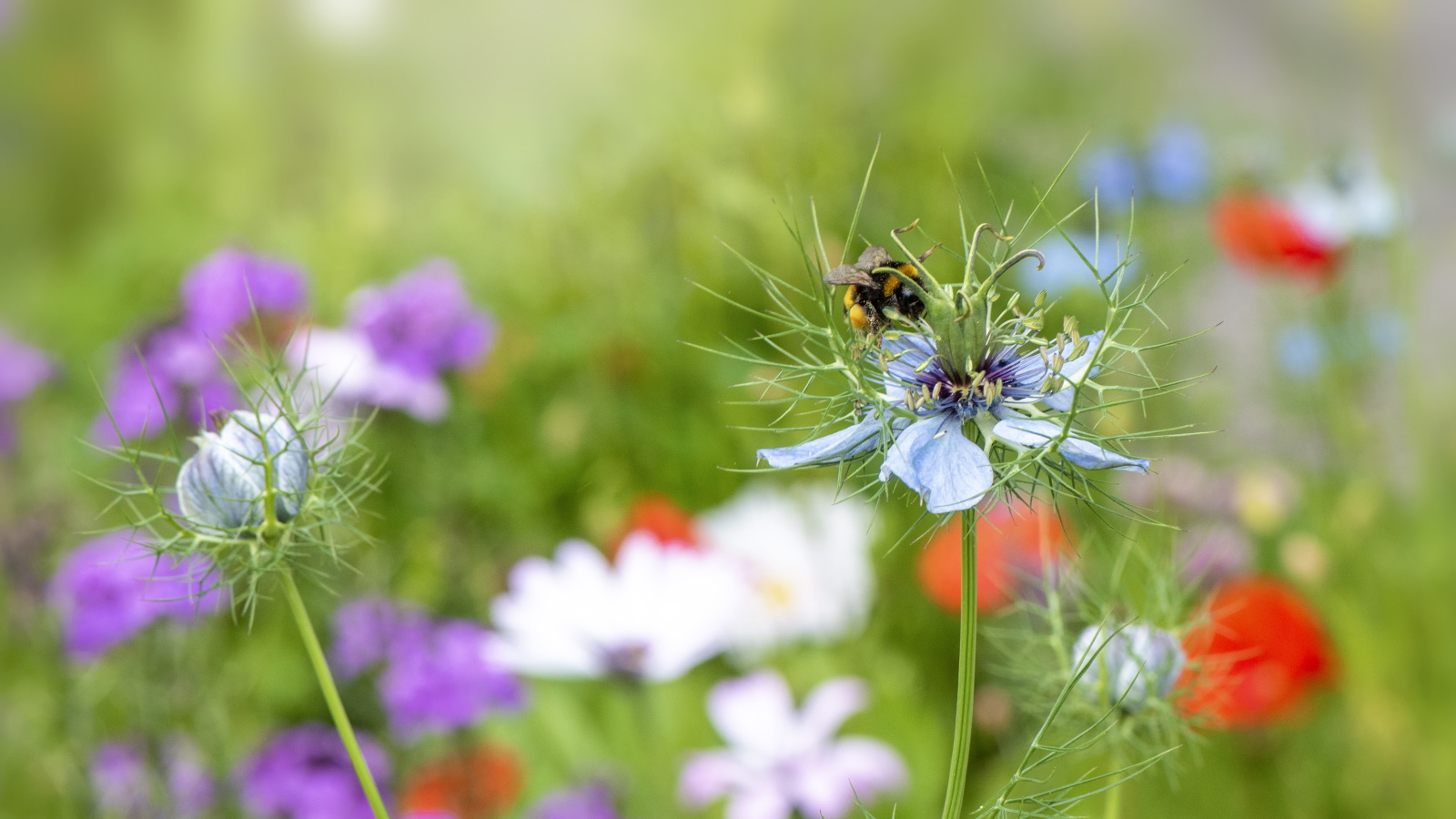

Growing flowering annuals is an easy and cost-effective way of filling borders and containers with colorful blooms. Whether you have a large yard or a small terrace, annuals can be relied upon to flower for much of the summer. Annuals germinate, grow, flower, produce seed and die all within one season, so they are the ideal temporary fix to fill those gaps in the garden border.
As a professional gardener, I have grown many annuals from seed, and have found that these plants can add impact to borders when positioned alongside shrubs and perennials. Annuals, I think, are important seasonal plants, and as they come and go in a short space of time, gardeners can experiment with color, texture and form. Growing pinks and oranges and yellows in one border might sound too much, but why not give it a go? More is more, as they say.
Many of the best annual flowers - including some of the best part-shade annuals - are ideal plants for any level of gardener, and whether you are an experienced grower or new to gardening, annuals are quick to germinate and tend to be long-flowering. What's more, many of my favorite annuals are fast-growing, with a short amount of time from germination to blooming. Here, I share some of the best fast-growing flowering annuals for you to try this year.
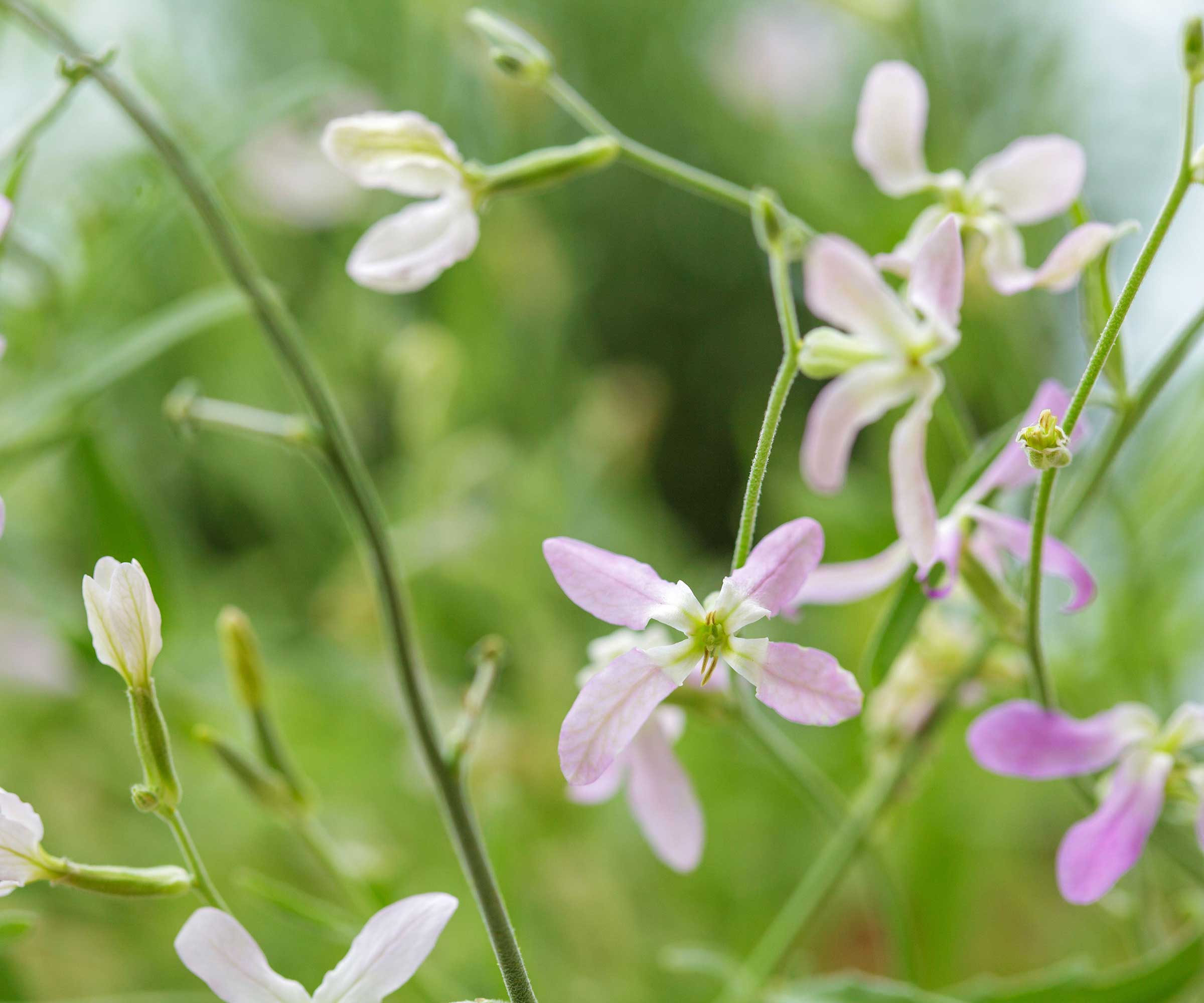
Fast-growing flowering annuals
Whether you adore the romance of pale pink Chinese forget-me-notes or prefer the zingy bright orange of California poppies, there will be an annual for your tastes that can be grown in your yard.
Regardless of the US hardiness zone where you live, annuals can be grown in most regions during spring and summer, in large part due to warm days and mild evenings.
1. Nigella
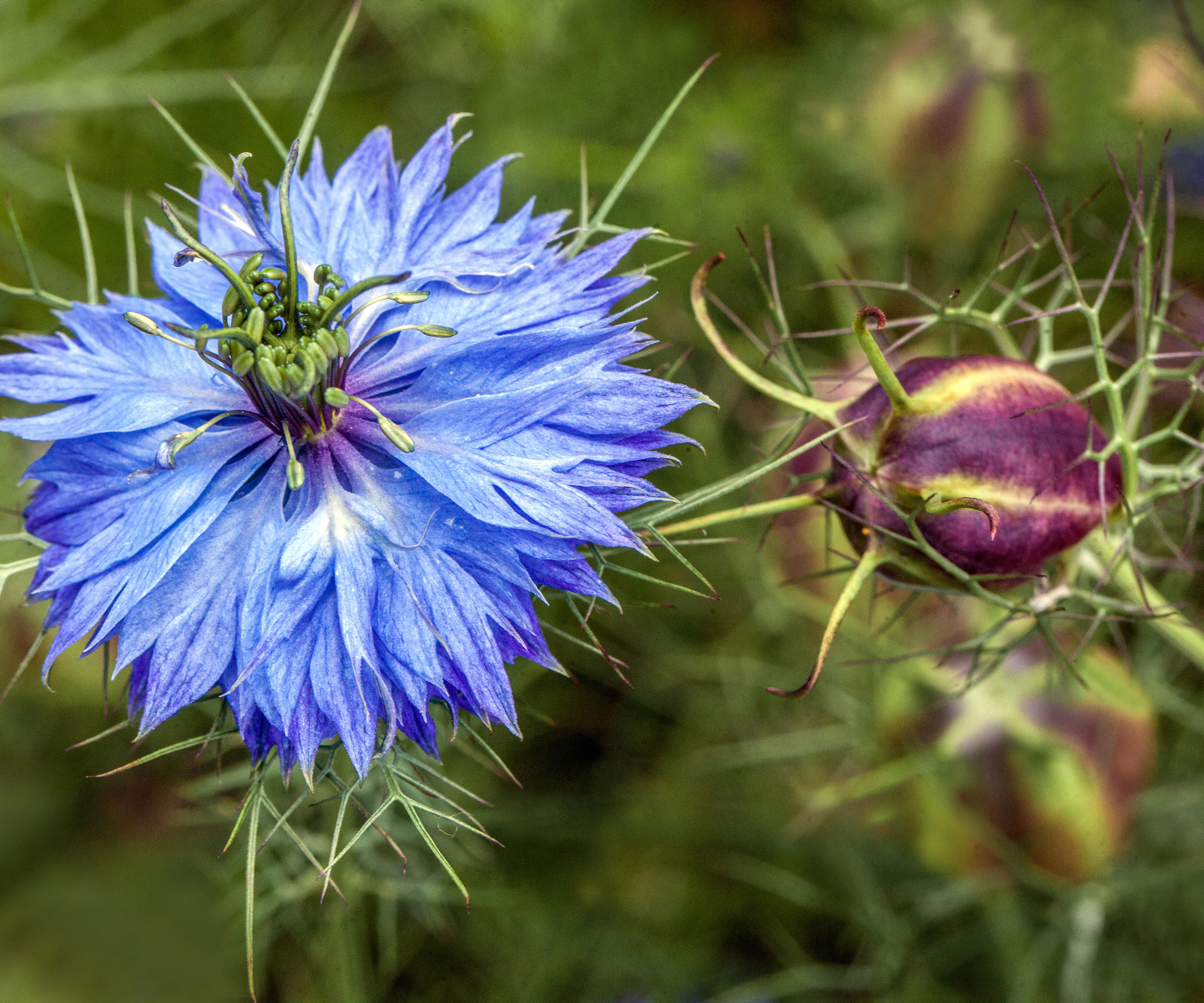
If you are planning a cut flower garden, nigella should be at the top of your plant wish list. 'With delicate, fern-like foliage and stunning flowers, nigella is perfect for filling gaps in the borders,' says Rachel Bull, head of gardens at Homes & Gardens.
'The most prevalent variety is Nigella damascena, otherwise known as love-in-a-mist,' Rachel adds, 'notable for its sky-blue flowers that bloom on upright stems.' As seen in the image above, the subtle pale blue is striking, particularly when planted on mass.
'One variety I love is Nigella damascena 'Miss Jekyll Alba', with beautiful pure white flowers that look superb in a vase,' Rachel says. 'I simply sow seeds directly into flower beds, and in years past mine have flowered beautifully even on poor soil.'
Plant nigella in full sun with well-draining soil. These seeds can be directly sown from April in the yard. Germination typically takes 1 to 2 weeks, while blooms can be expected after 8 weeks. Throughout the spring and summer small starter plants can be bought from garden centers.
Nigella seeds are available to order online from Walmart.

Rachel is a gardening editor, flower grower and floral designer. Her journalism career began on Country Living magazine, sparking a love of container gardening and wild planting. After more than a decade writing for and editing a range of consumer, business and special interest titles, Rachel became editor of floral art magazine The Flower Arranger. She then trained and worked as a floral designer and stylist in London for six years, before joining the Homes & Gardens team.
2. Calendula
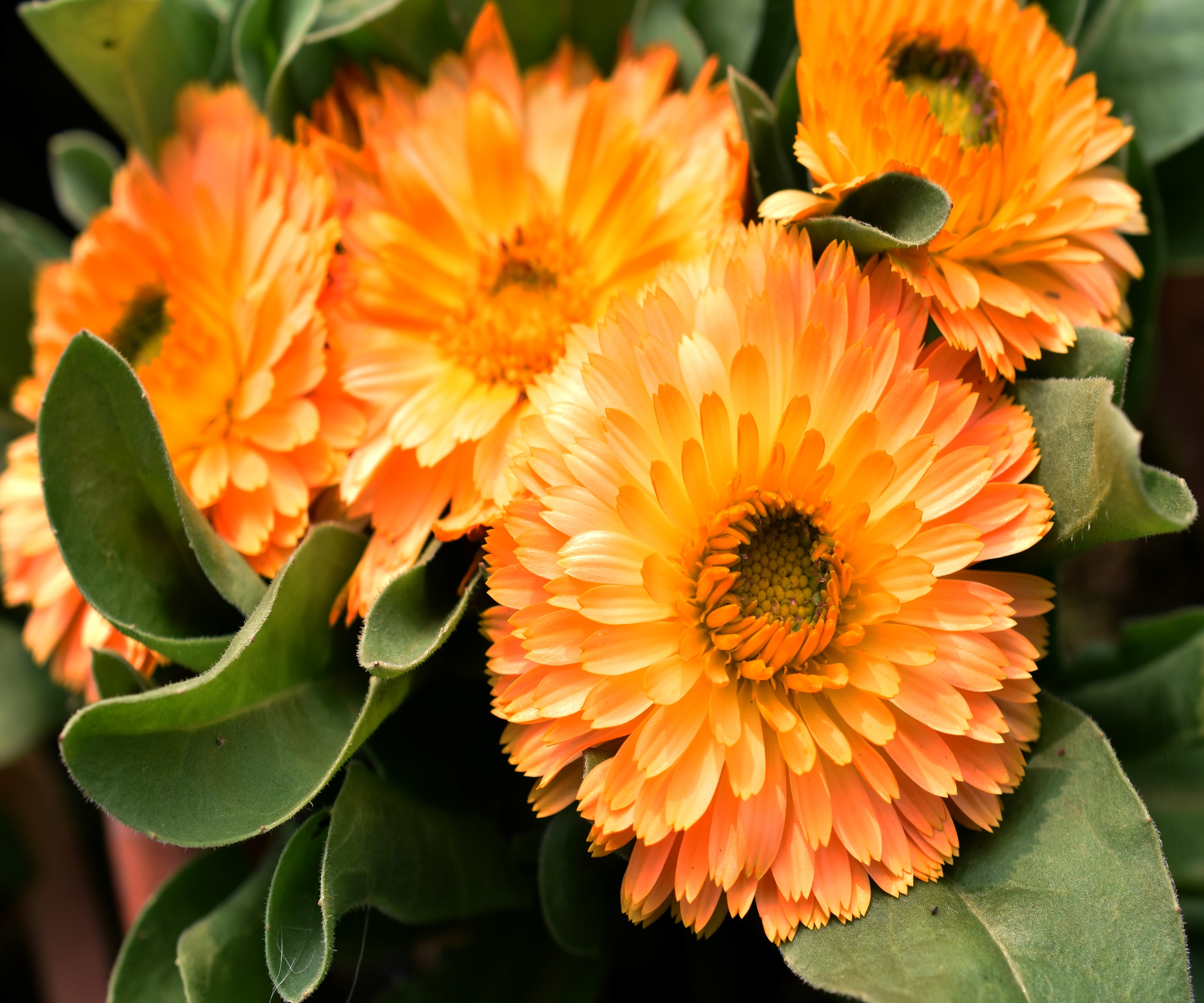
Calendula are one of the easiest and quickest annuals to grow. I have grown calendula in several gardens where I have worked as a gardener, and value this annual for its speedy germination and growth rate. One of my favorite varieties is Calendula 'Indian Prince' which has bright orange daisy-like flowers.
These vibrant annuals are often used in kitchen gardens as companion planting, planted alongside brassicas and tomatoes as they are known to lure aphids away from fruiting and leafy crops. What's more, calendula plants produce edible flowers that are both tasty and colorful, ideal for summer salads or as decoration for desserts.
Calendula seeds can be sown outdoors from April, or small plants can be purchased from garden centers. Within a few weeks of planting, calendula plants will flower and with regular deadheading, plants can go on producing flowers until the first frost.
Calendula starter plants can be ordered online from Walmart.
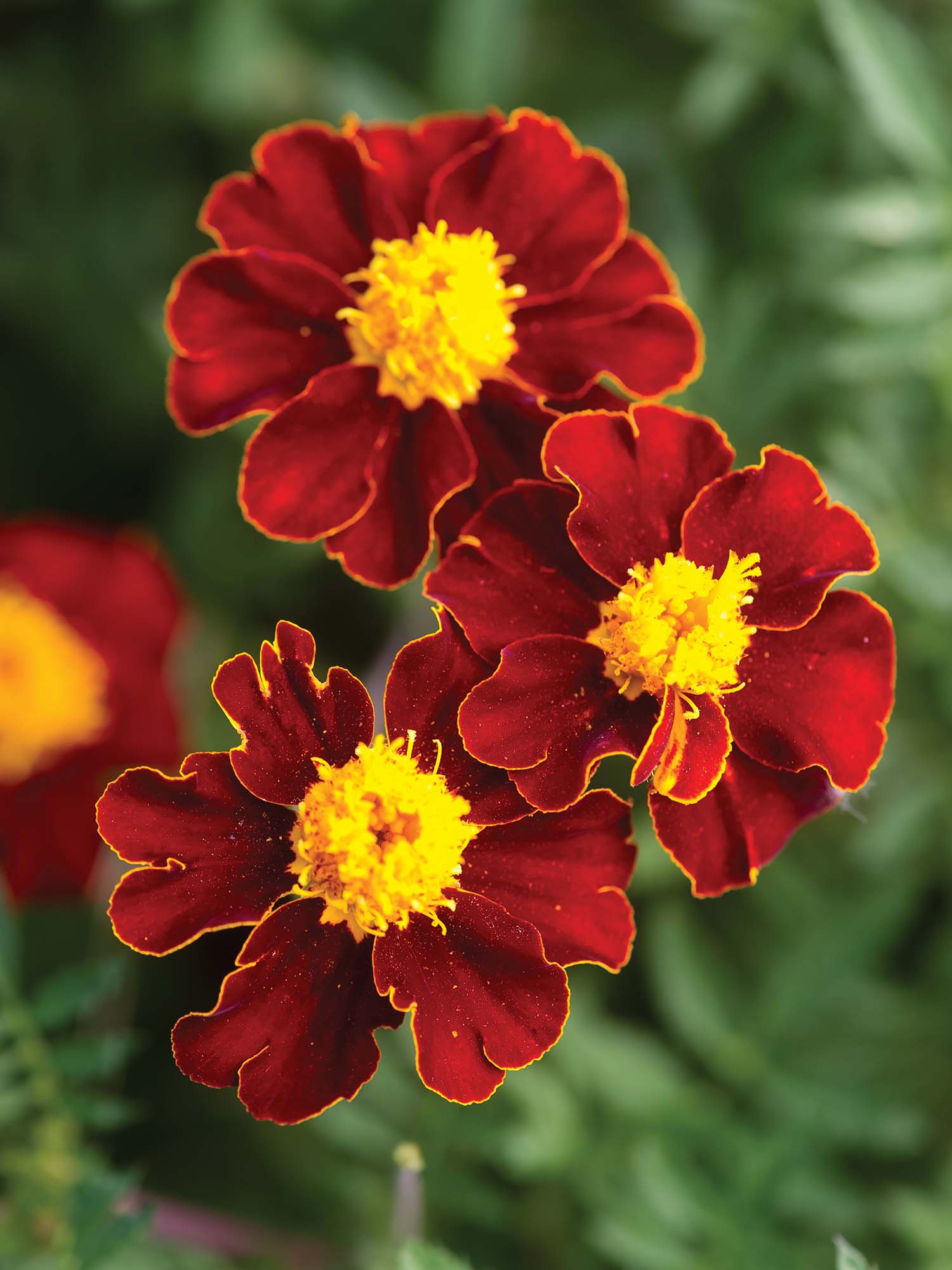
Who doesn't love marigolds? These traditional blooms have red-crimson petals and gold centers, attracting pollinators to any yard. These compact, sun-loving plants are sure to wow in your pots and borders.
3. Zinnias
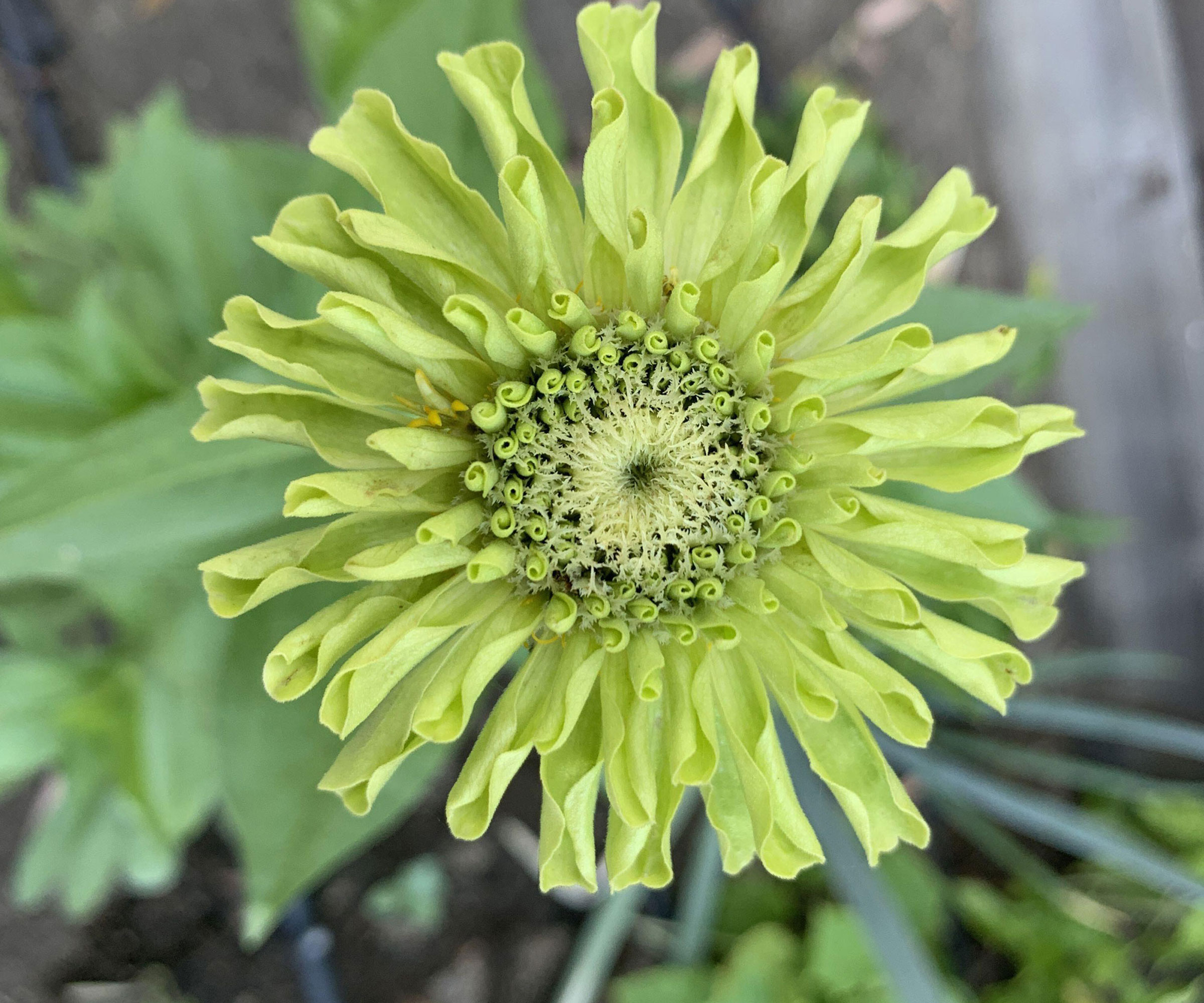
Zinnias are a cut flower garden classic. There are many striking zinnia varieties, but Zinnia 'Queen Lime' is one of my favorites. With striking lime-green petals, this annual is sure to impress in your yard. These plants are fast-growing flowering annuals, often germinating and sprouting leaves in under a week if the right conditions are met. They will typically take 8 weeks to bloom.
'Zinnias are an ideal option for beginner gardeners as they are quick to seed and grow,' says plant expert, Katie Sunderlage. 'These plants are low maintenance and generally bloom for most of the summer - what's not to love!'
To help your 'zinnias grow strong, and produce lots of healthy blooms, I recommend using a water-soluble bloom booster fertilizer or a feed that is high in phosphorus,' Katie says. Bloom booster fertilizer is available from Walmart.
Zinnias are sun-loving plants, so position them in a sunny border, keep them watered and fed, and you can expect blooms for much of the summer. When considering how to keep zinnias blooming, pay particular attention to regular deadheading.

Operations Manager at Holland Group, managing the customer service department and purchasing. Katie has been in the green industry since 2005 in the Greater Milwaukee area, earning her degree in Horticulture in 2008. She has been able to share her love for plants working in multiple garden centers, in sales positions and most recently in an online retail platform at Holland Group.
4. California Poppy

Some of the best California native planting is valued by gardeners for being drought-tolerance and resilient, and California poppies are no different.
Some of the best self-seeding flowers, these annuals are quick to germinate, flower and seed, and can be relied upon to add color to any yard.
California poppies will grow almost anywhere, thriving in poor soils and tolerating dry, arid conditions. The flowers can appear within 3 to 4 weeks of germination, blooming in white, pink, orange or yellow.
California poppy seeds are available from Burpee.
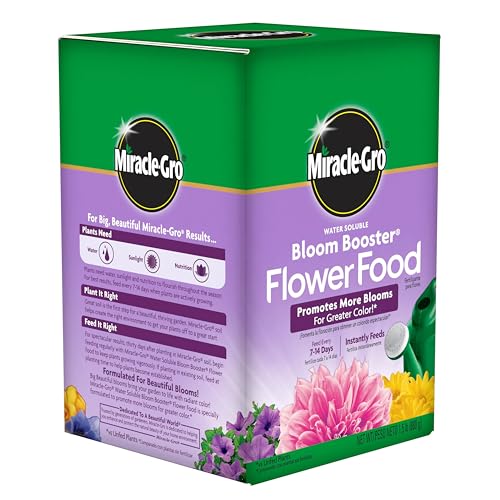
Miracle-Gro fertilizer help to promote more blooms when compared to unfed plants. Dilute this feed in any watering can and feed every 1-2 weeks - you will be amazed by the results.
5. Morning glory

Morning glory plants are recognizable by their trumpet-shaped flowers that open at dawn and close at dusk. These fast-growing flowering annuals can quickly cover garden fences, walls, or structures, adding an element of vertical gardening to your plot.
When considering how to grow morning glory from seed, germination can happen within 1 week, and flowers can emerge within 4 weeks. This rapid growth rate makes these flowering climbers a popular choice with impatient gardeners, like myself, who are keen to add color to their yards in record time.
Morning glory starter plants are available to buy online from Amazon.
6. Chinese forget-me-not
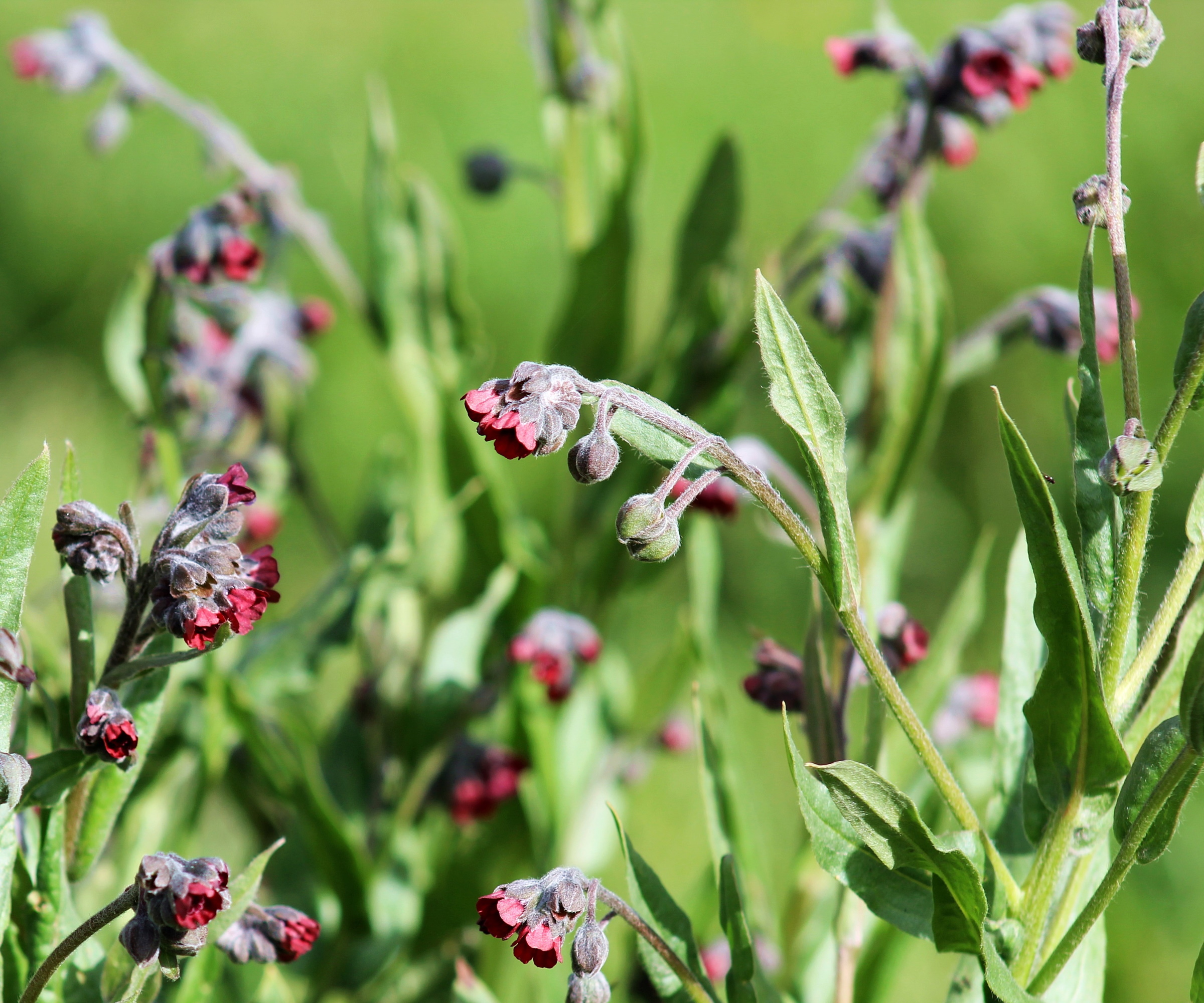
Chinese forget-me-nots, or Cynoglossum amabile, are bushy annuals with tall stems and delicate sprays of pink, white or blue flowers. Unlike traditional biennial forget-me-nots, Chinese forget-me-nots will flower in the same year.
These cottage garden plants can grow to approximately 2 feet in height, making them an ideal choice for gardeners who want height in their borders and stems that are suitable for snipping and displaying in vases indoors.
This fast-growing flowering annual can be sown during the spring and will flower from early summer or even later if sown in May or June, adding color to the yard up until the fall.
Chinese forget-me-not seeds are available online from Walmart.
FAQs
What is the best fast-growing flowering annual to grow in a pot?
Many fast-growing flowering annuals can be grown in pots. Cosmos, snapdragons or California poppies can be planted in containers and will add color to patios and terraces. I would recommend growing zinnias in pots, for a fast-growing and long-flowering annual that will add impact to any space. With frequent deadheading during the summer, your zinnia pots will continue to bloom through until the fall.
Fast-growing flowering annuals are an ideal choice for gardeners short on time but looking to fill gaps in borders and pots with showy and colorful blooms. With the right care, many of these recommendations can flower in a matter of weeks. For more information on growing flowers, see our guide to some of the best cutting garden flowers that can be grown in your yard this year, or why not learn how to grow nicotiana?
Sign up to the Homes & Gardens newsletter
Design expertise in your inbox – from inspiring decorating ideas and beautiful celebrity homes to practical gardening advice and shopping round-ups.

Thomas is a Content Editor within the Gardens Team at Homes and Gardens. He has worked as a professional gardener for both public spaces and private estates, specializing in productive gardening, growing food and flowers. Trained in Horticulture at the Garden Museum, he has written on gardening and garden history for various publications, including The English Garden, Gardens Illustrated, Hortus, The London Gardener and Bloom. He has co-authored a Lonely Planet travel book, The Tree Atlas, due out in 2024.
-
 The rumours are true, the NYC trend for fringes and trimmings is actually happening – they are the secret weapon for making a room look expensive
The rumours are true, the NYC trend for fringes and trimmings is actually happening – they are the secret weapon for making a room look expensiveA trim or a ruffle is the finishing touch that can take a scheme from ordinary to the extraordinary in an instant
By Jennifer Ebert Published
-
 How to grow impatiens – garden experts reveal the secrets to growing this shade-tolerant, sparkling summer plant
How to grow impatiens – garden experts reveal the secrets to growing this shade-tolerant, sparkling summer plantBoth 'Busy Lizzie' and 'New Guinea' impatiens can thrive in shady yards
By Ellen Wells Published